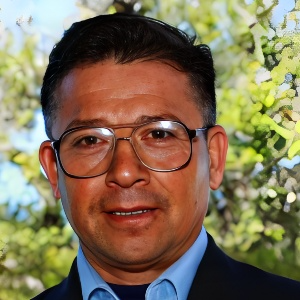Keynote Presentation (Virtual)
Edgar Omar Rueda Puente, Universidad de Sonora, Mexico
Food production in the world is one of the greatest challenges to achieve various purposes, among which is the supply of foods of plant origin, under the principle of sustainability, health, quality and agri-food safety. In the agri-food field, the main agent is the Agricultural [....] » Read More

